FAQ - Grazing
-
What is regenerative grazing?
Its a method of grazing based on principles which seek to improve soil health, biodiversity, improve animal health, enhance environmental sustainably and sequester carbon. It usually involves rotational grazing, low stress tock management principles, and observation of pasture feed stores.
-
How does regen grazing work?
Regen styles seek to mimic natural grazing patterns of wild stock. Stock are frequently moved into fresh pasture which allows paddocks to rest and regrow more feed. This method often results in improved soil health, increased carbon sequestration, improved animal health and fertility.. A key goal is to look after the land as well as the animals. This means keeping cover on the ground throughout the year, reducing temperature stress on the microbiome, reduced erosion, and better water holding capacity.
-
What are the benefits of regen grazing?
Regen grazing can improve animal health and productivity by providing a more diverse and nutrient-rich diet When done well and in conjunction with other strategies it can improve lambing/calving rates and increase end of line, such as body weight and wool quality.. It can also reduce the reliance on external inputs like synthetic fertilisers and feeds. For the land, it can improve soil health, increase water retention, enhance biodiversity, and sequester carbon.
-
How does regen grazing help with carbon?
Through promoting the growth of perennial grasses and improving soil health, regenerative grazing can increase the amount of carbon stored in the soil. Healthy soils with high organic matter can sequester more carbon, potentially mitigating greenhouse gas emissions. Animals raised on healthy, diverse diets also produce less climate effective emissions.
Regen style grazing can be a key strategy in a carbon project.
-
Can regen style grazing be used in marginal and arid regions?
Yes, regenerative grazing can be particularly beneficial in arid regions where soil degradation is a significant concern. By allowing pastures to recover and promoting the growth of deep-rooted perennial plants, regenerative grazing can improve soil health and water-holding capacity, increasing the resilience of the land to drought. Head to the pastures FAQ to find out more about perennials.
-
Does reen grzing improve the quality of my meat and wool?
Regenerative grazing can improve the quality of the meat and wool by providing a more natural and diverse diet for the animals. Stock raised on rich, diverse pastures tend to produce meat and wool that is often higher in certain nutrients and has better flavour.
Although I personally feel not much beats the flavour of merino lamb raised on saltbush - yum.
-
How do i transition to regen grazing on my farm?
Transitioning to regenerative grazing involves planning and potentially some infrastructure changes. You will need to consider the layout of your pastures for rotational grazing, understand the growth patterns of your grasses, and manage your livestock to ensure they are moved at the right time.
A key first step is to understand your stocking rates and how much feed you have, or plan to have. Plan around your green dates and lambing/calving. You may find you need more paddocks than you thought and a cheap way to set this up may be to get hotwires to break up your big paddocks. Plan around your existing water points and consider where you might need more. Small steps are often the best way to make any change.
It may be beneficial to seek advice from an ag grazing specialist. Connect with people who are already doing it in your area and see what they have to say.
-
What are challenges I can expect as I transition into regen grazing?
Transitioning to regenerative grazing may require changes in infrastructure, such as fencing and water systems, to allow for rotational grazing. It challenges the farmer to highly involved in his land and animals, more than set stocking. It requires constant observation of feed stores. It also requires a deep understanding of the land and animals to manage the grazing effectively.
The it requires more planning and a deeper understanding of your environment and potential green dates, destocking dates, sell by dates, and other key indicators that might otherwise be less important to a set stocker.
The first year may look bleak if you have not been looking after your pastures with rotational grazing in mind. But don’t lose hope, it often gets harder before it gets easier. Try to connect with a farmer closeby that is already rotationally grazing and learn from them. Every region is unique and you will face challenges others might not.
Additionally, it may take several years for the benefits to become apparent, which requires a long-term commitment from you.
-
Is there a way to blend set stocking and rotational?
Of course! If you are starting out and have little feed you may need to rotate through smaller paddocks during your high feed availability seasons, then move back to feeding grain or hay during the harder times. The key is to see when your paddocks need rest and minimise the damage to your soil. Lock up in a paddock that may be able to handle blowing over summer better than others.
The primary principle is to do less harm to your animals and the soil. If you do this, even for a little while through the year, you are doing better.
